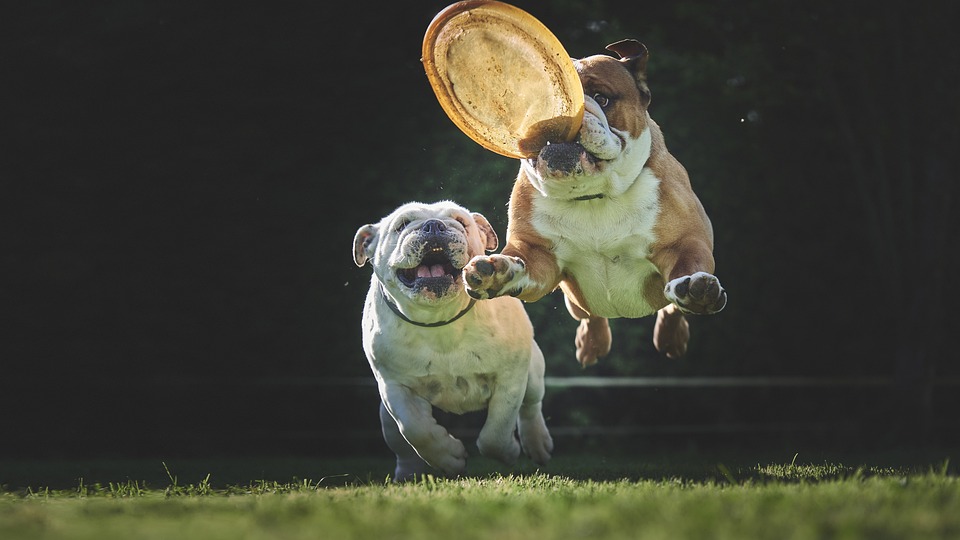Socializing your dog is a critical aspect of their overall well-being and development. By exposing them to various environments, people, and other animals, you can help them become well-adjusted and confident pets. In this comprehensive guide, we will provide you with step-by-step instructions on how to socialize your dog effectively. Additionally, we will address some commonly asked questions to ensure you have all the information you need to navigate this process successfully.
Why is Socialization Important for Your Dog?
Socialization plays a vital role in shaping your dog’s behavior and temperament. When properly socialized, dogs are more likely to exhibit better manners, reduced fear or aggression, and increased adaptability to new situations. Socialization helps prevent behavioral issues such as separation anxiety, excessive barking, and destructive behaviors. It also promotes a stronger bond between you and your furry friend.
When to Start Socializing Your Dog?
The earlier you start socializing your dog, the better. Puppies have a critical socialization period between 3 to 14 weeks of age, during which they are most receptive to new experiences. However, it’s never too late to socialize an adult dog, although it may require more time and patience.
Step-by-Step Guide to Socialize Your Dog
1. Gradual Exposure to New Environments: Introduce your dog to various environments, such as parks, busy streets, or pet-friendly establishments. Start with quieter areas and gradually progress to busier ones. Ensure your dog feels safe and rewarded during these experiences.
2. Positive Reinforcement: Reward your dog with treats, praise, or play whenever they encounter new people, animals, or situations. Positive reinforcement helps create positive associations and builds confidence.
3. Introduce New People and Animals: Arrange controlled interactions with new people and animals to help your dog develop appropriate social skills. Choose calm and friendly individuals to ensure positive experiences.
4. Enroll in Training Classes: Enrolling your dog in obedience or socialization classes provides structured environments for them to learn and interact with other dogs under professional supervision. These classes can be highly beneficial, especially for dogs with limited exposure to other animals.
5. Expose to Different Sounds and Sights: Gradually expose your dog to various sounds, such as traffic, sirens, or vacuum cleaners, as well as different sights like bicycles or skateboards. This exposure helps desensitize them to potentially frightening stimuli.
6. Regular Walks and Outings: Take your dog for regular walks and outings to expose them to different people, animals, and environments. Encourage positive interactions during these outings and reward good behavior.
Frequently Asked Questions (FAQs)
1. Can an adult dog be socialized?
– Yes, adult dogs can be socialized. However, it may require more time and patience compared to puppies. Seek guidance from a professional dog trainer to ensure a successful socialization process.
2. What if my dog shows fear or aggression during socialization?
– If your dog displays fear or aggression during socialization, it’s crucial to consult with a professional dog trainer or behaviorist. They can provide guidance and develop a tailored plan to address these issues.
3. How long does it take to socialize a dog?
– The duration of the socialization process varies depending on the dog’s age, temperament, and previous experiences. It can take weeks or even months to fully socialize a dog. Consistency and patience are key.
4. Can I socialize my dog solely through online interactions?
– While online interactions can provide some exposure, it’s important to supplement them with real-life experiences. Direct physical interactions with people, animals, and environments are crucial for comprehensive socialization.
5. Are there any risks associated with socializing my dog?
– There is a minimal risk associated with socializing your dog, which can be mitigated by choosing controlled environments and ensuring positive experiences. Keep your dog up to date on vaccinations to minimize health risks.
Conclusion
Proper socialization is a fundamental aspect of raising a happy and well-rounded dog. By following the step-by-step guide provided in this article and addressing any concerns through the FAQs section, you are well-equipped to begin socializing your dog. Remember, patience, positive reinforcement, and seeking professional guidance when needed will help ensure a successful socialization journey for your furry friend.









